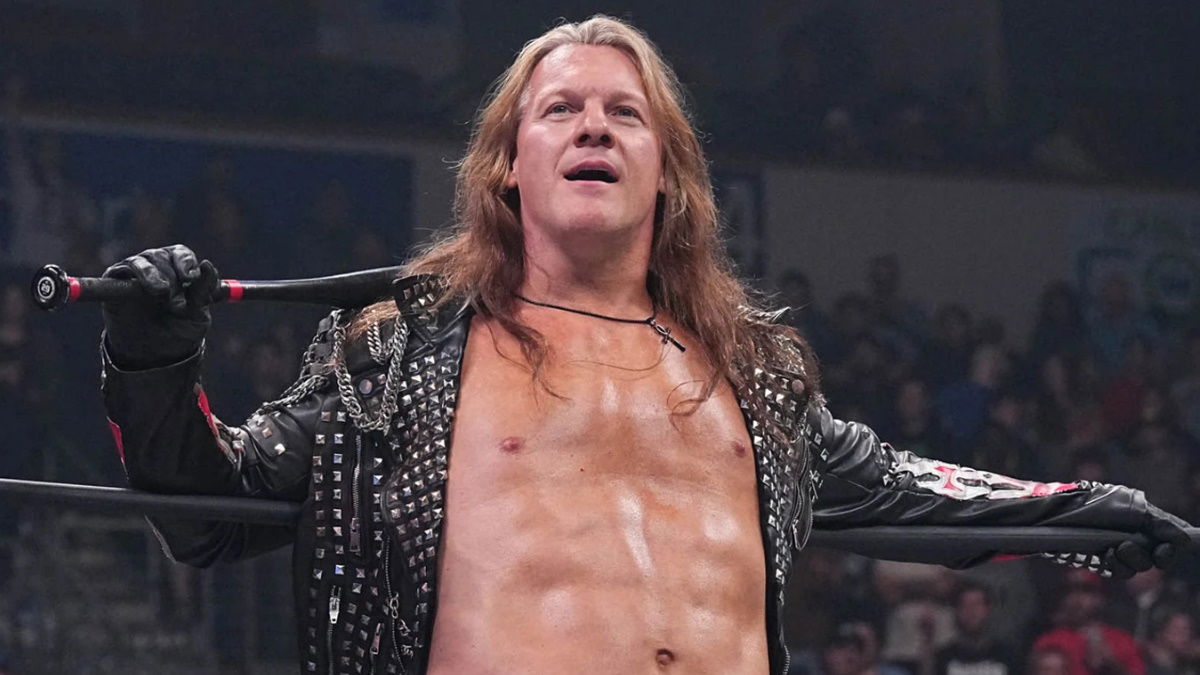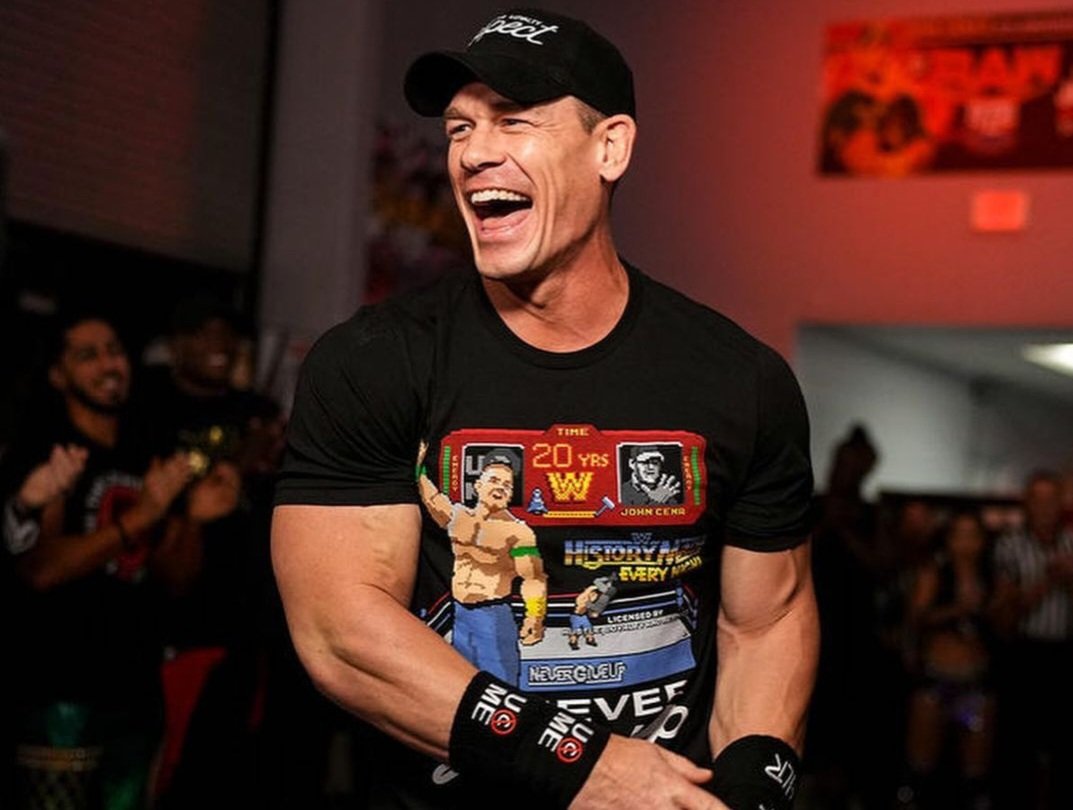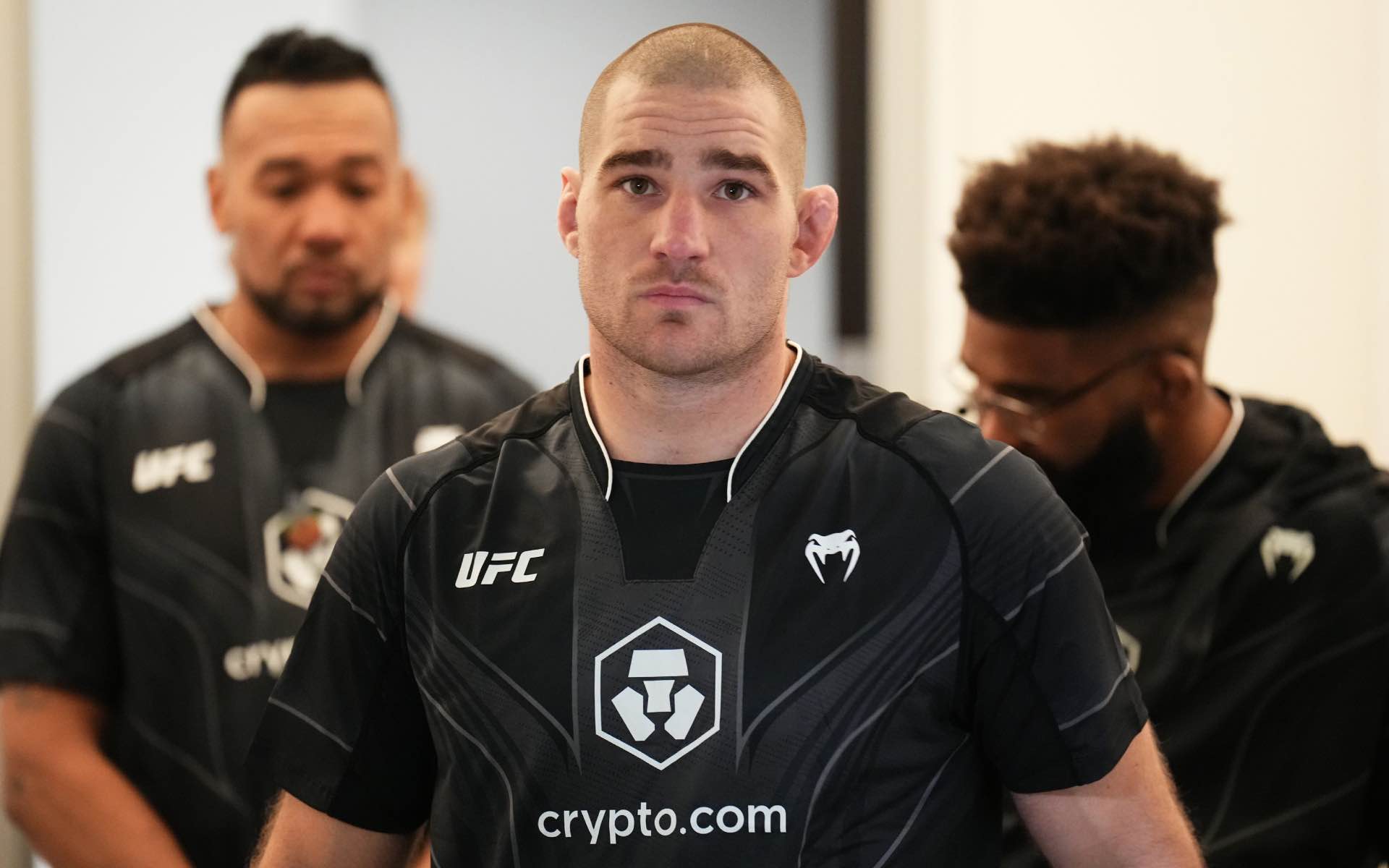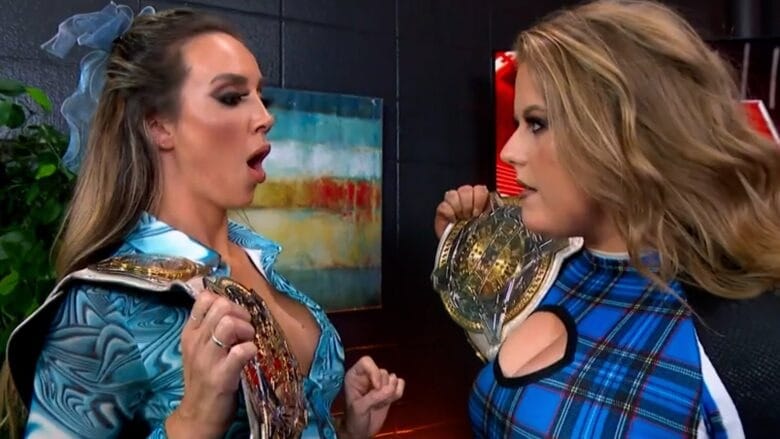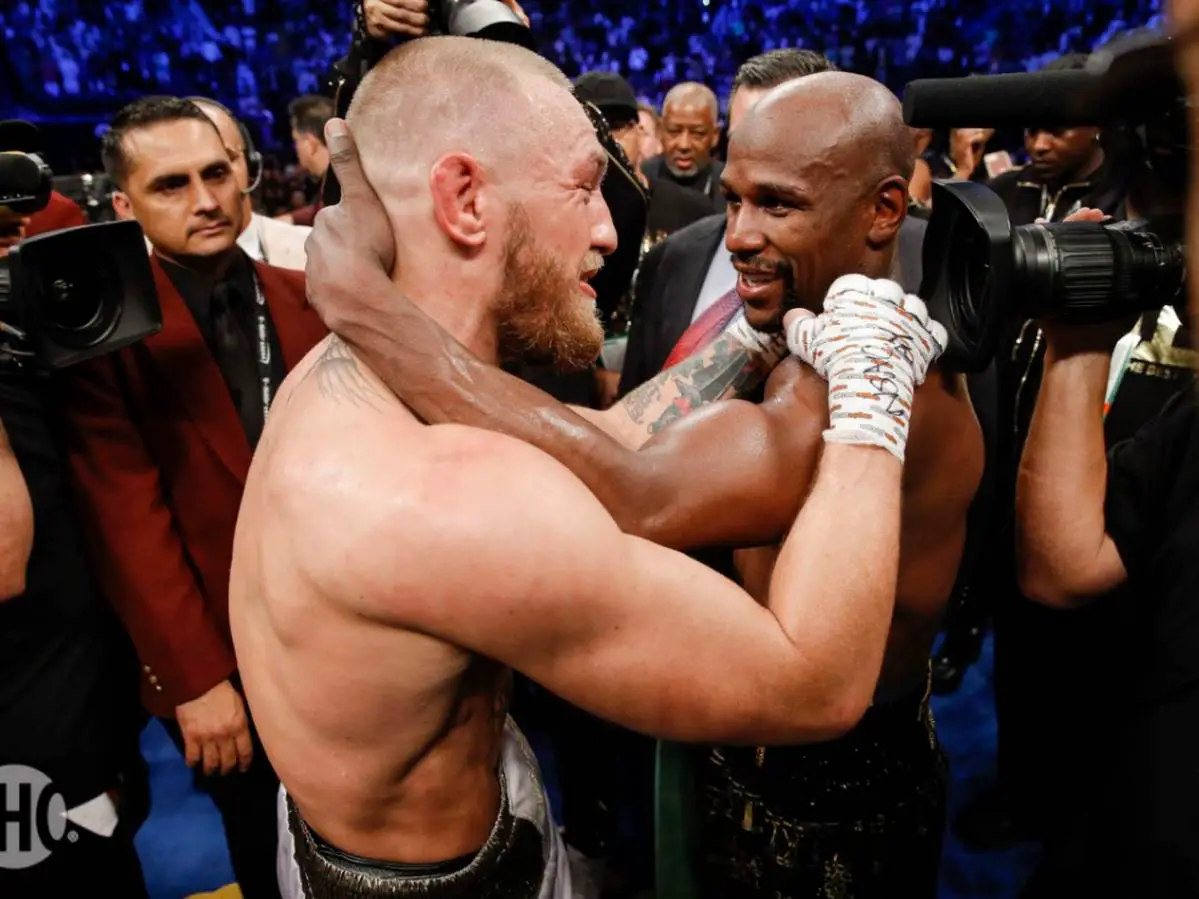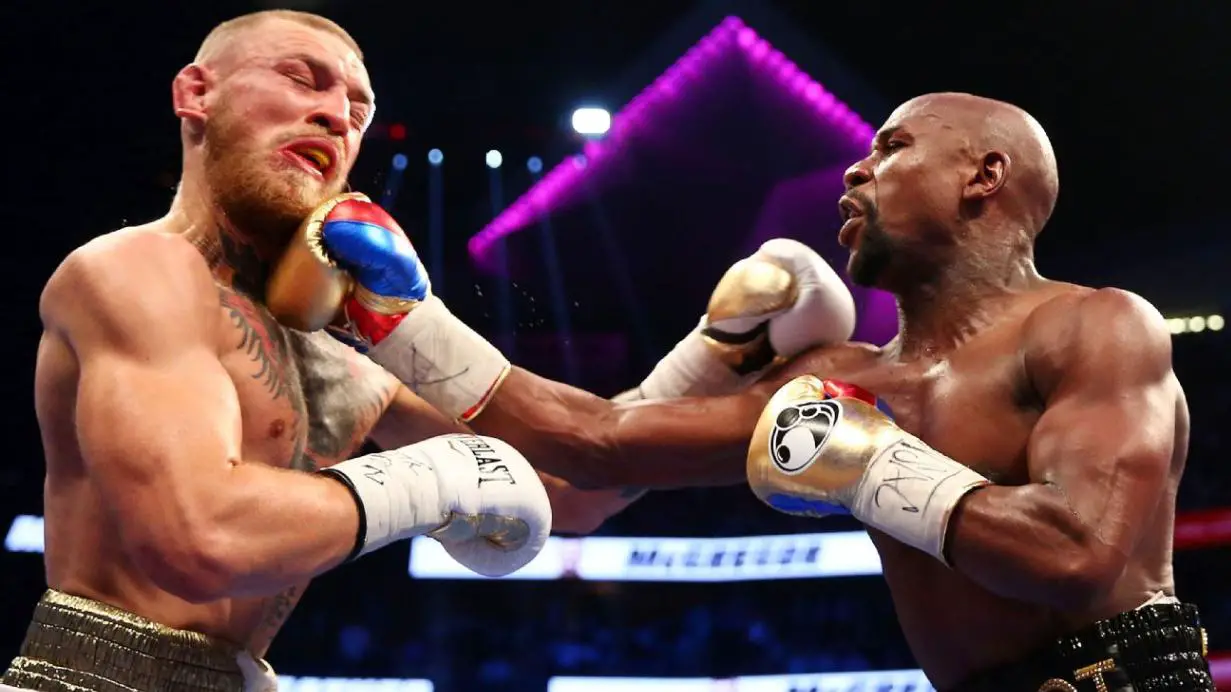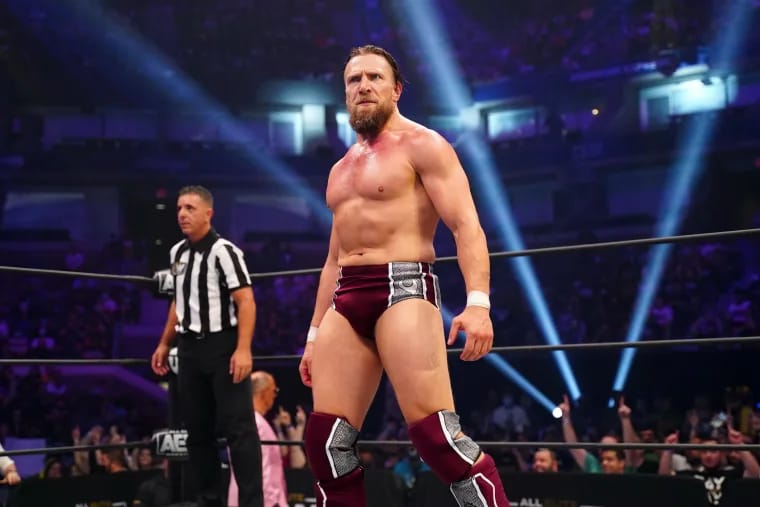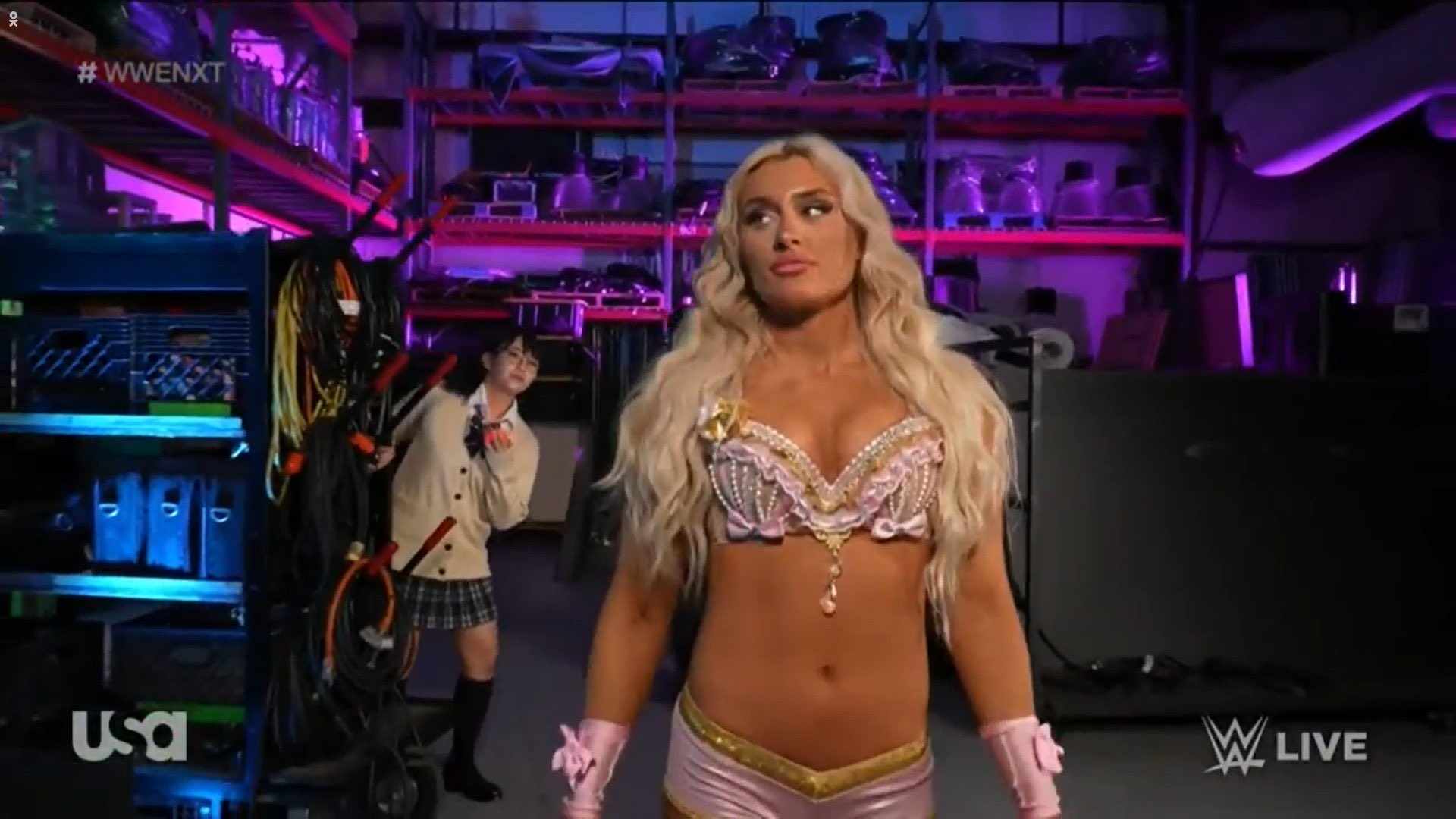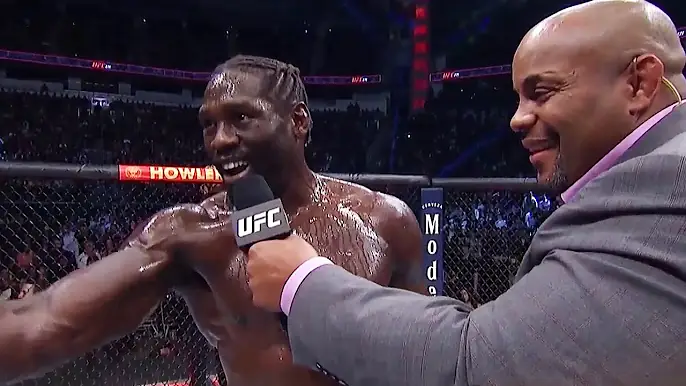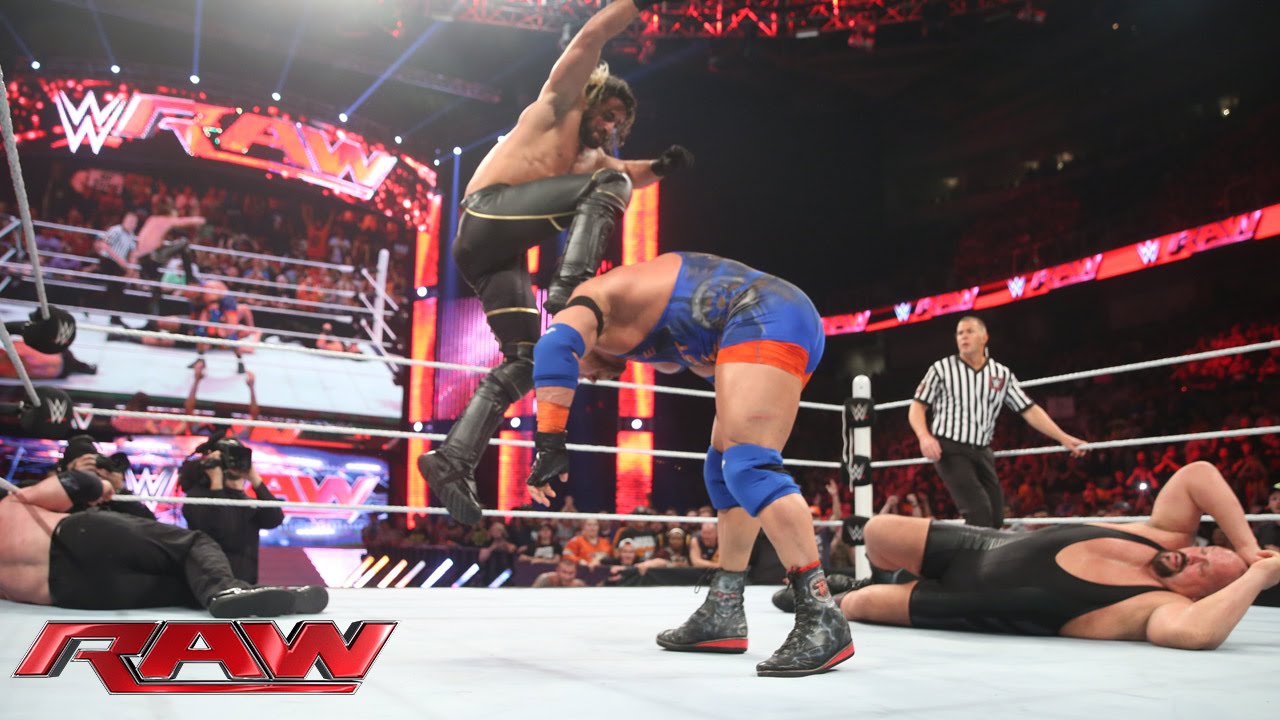The Jericho Effect: How Chris Jericho’s Move Sparked A Salary Revolution In WWE
Chris Jericho, a professional wrestling legend, never was one to take a step back when it came to pushing boundaries in his career. The jump he took to All Elite Wrestling (AEW) in early 2019 was not only a career milestone but also a force that catalyzed a revolution in the salary system of WWE. The trend that ensued, informally referred to as the “Jericho Effect,” has transformed professional wrestler pay, making it unprecedented across the profession.
Jericho’s Career Summary
Chris Jericho, also known as Christopher Keith Irvine, began his career in professional wrestling in 1990 and soon gained recognition for his great ability and charm. He has been a performer in a number of promotions throughout his career, such as ECW, WCW, and WWE. Some of his achievements include his status as the first undisputed WWF Champion, cementing his position in professional wrestling’s upper echelons.
Jericho’s ability to reinvent himself has been one of his most defining aspects. From cocky “Lionheart” to enigmatic “Y2J” to finally the “List of Jericho,” he has evolved to stay relevant in a business that is always in flux. The willingness to take risks and evolve to new ideas has not only kept him in the spotlight but also influenced hundreds of wrestlers to take a similar path.
In January of 2019, Jericho blindsided everyone by signing a contract to become one of the initial founding members of AEW and its first World Champion. The move was a career move, to be sure, but it was also a turning point that would transform professional wrestling business and affect financial models in WWE.
The Pre-Jericho salary structure
Before Jericho’s departure, WWE’s salary system was fairly austere, keeping most of their earnings in check. The maximum guaranteed salary was approximately $1 million per year, plus merchandise money and pay-per-view bonuses. The system would leave even marquee talents feeling shortchanged, in that Vince McMahon’s approach was more to control spending than to compensate performers for their box-office draw.
The environment established in WWE kept many of its wrestlers from pursuing work elsewhere. With fewer options for competitive pay and artistic freedom, many of its artists felt trapped in the company’s system. This created frustrations among talent that felt that they deserved more in return for their efforts in making the company a success.
However, with the emergence of AEW—an organization that positioned itself as a serious competitor to WWE—the financial landscape was altered dramatically. One of the tactics of AEW was to offer competitive pay and more freedom of creativity to its wrestlers, making it a place where financial possibilities blossomed.
The Catalyst: The Jericho Effect
Jericho himself was forthcoming regarding the changes that ensued after he departed WWE. In interviews, he explained that his move to AEW led to a radical adjustment in salary structure in WWE. In his opinion, “The moment I left to work for AEW, overnight the entire salary structure changed.” He added that lower-tiered players began receiving a minimum of $1 million a year, whereas upper-tiered players would receive between $30 million and $40 million a year.
This assertion brings to light a turning point of great significance: WWE’s response to the competitive threat of AEW led to across-the-board increases in salaries. Top stars like Roman Reigns, Seth Rollins, Cody Rhodes, and Brock Lesnar supposedly began receiving high-paid deals that took their marketability and pull into account. The minimum salary of main roster players supposedly increased to around $350,000 a year.
The Impact on Wrestlers’ Earnings The ramifications of this transition have been profound for professional wrestlers of every level in WWE. Several of those who felt choked in the company’s pay structure found themselves in more lucrative contracted situations when WWE attempted to cling to talent in reaction to AEW’s emergence on the scene. While not every professional wrestler is raking in the large sums of money that Jericho was talking about, there is irrefutable evidence of better pay across various levels of talent in WWE.
For example:
Top Stars: Wrestlers such as Roman Reigns earn between $30 million and $40 million per year.
Mid-Card Talent: Even mid-tier players are getting signed to $1 million or more per year deals.
Lower Card Wrestlers: The minimum salary is approximately $350,000 per year.
This financial revolution has allowed wrestlers to be more committed to their craft without having to constantly concern themselves with financial security—a radical departure from previous years when a large number of them struggled to be justly paid for their work.
Broader Implications of Professional Wrestling
Jericho’s move and consequent salary revolution hold more significant implications beyond their financial impact. They’ve introduced a new era in which professional wrestlers begin to view themselves as independent contractors with bargaining power, rather than company-controlled employees.
As promotions like AEW gain popularity and offer competitive pay in conjunction with creative freedom, more wrestlers become better positioned to pursue options that meet their brand and career goals. The trend can also result in more imaginative storylines in wrestling as artists feel more respected and secure in their place.
Moreover, this financial revolution is going to affect promotions in their contractual negotiations in the future. With higher salaries becoming more common in promotions across the globe, it would be interesting to know how companies manage to stay profitable in conjunction with keeping their talents.
The Rise of Independent Promotions
The emergence of All Elite Wrestling (AEW) is more than just a tale of a company rivaling WWE; it is a reflection of a trend in which independent promotions began poaching talent from large promotions in favor of better pay and working conditions. Other promotions like Impact Wrestling and New Japan Pro-Wrestling (NJPW) also benefited from this trend by providing high-paying deals and exposure in overseas markets.
This trend also encourages wrestlers to seek alternatives to WWE without having to give up their freedom of action as performers. As a result, there is a heightened cross-promotion of shows and cooperation between different wrestling companies—something that was unheard of during professional wrestling’s monopoly period of WWE.
Conclusion: The Long-Term Legacy of Chris Jericho
Chris Jericho’s professional wrestling legacy is irrefutable. Quitting WWE to jump to AEW not just revitalized his career but also sparked a seismic shift in WWE’s financial setup. The widely reported “Jericho Effect” is a testament to just how one’s actions can ripple across an entire business. As we move ahead, it will be crucial that promotions and wrestlers handle this new reality gingerly. The higher potential revenue can be utilized to invest more in nurturing talent and enhancing production value across promotions to the benefit of fans that insist on high-quality pro wrestling action. In summary, Chris Jericho’s departure from WWE was a turning point that changed wrestler salaries and changed how talent is viewed in professional wrestling. As this trend continues to play out, it will be fascinating to watch how established promotions like WWE and new entrants like AEW adapt to changing expectations of their talent in order to thrive in a more competitive marketplace. The legacy of Chris Jericho is likely to endure long after his in-ring career is done; he is a beacon of empowerment to every professional wrestler—a beacon that reminds them that they can take control of their careers and take that which is theirs in a constantly evolving business environment.
